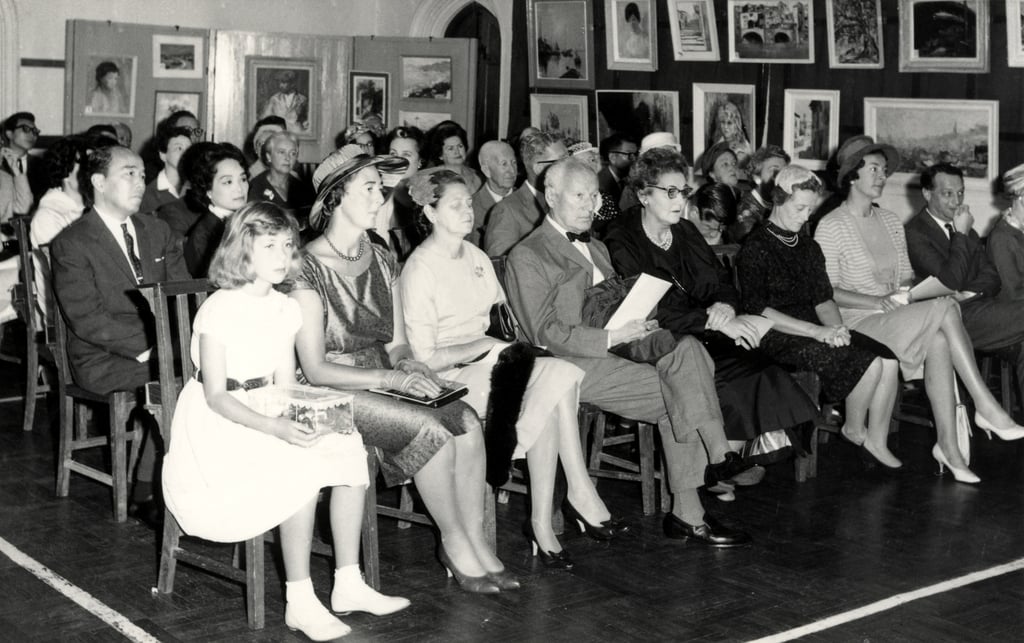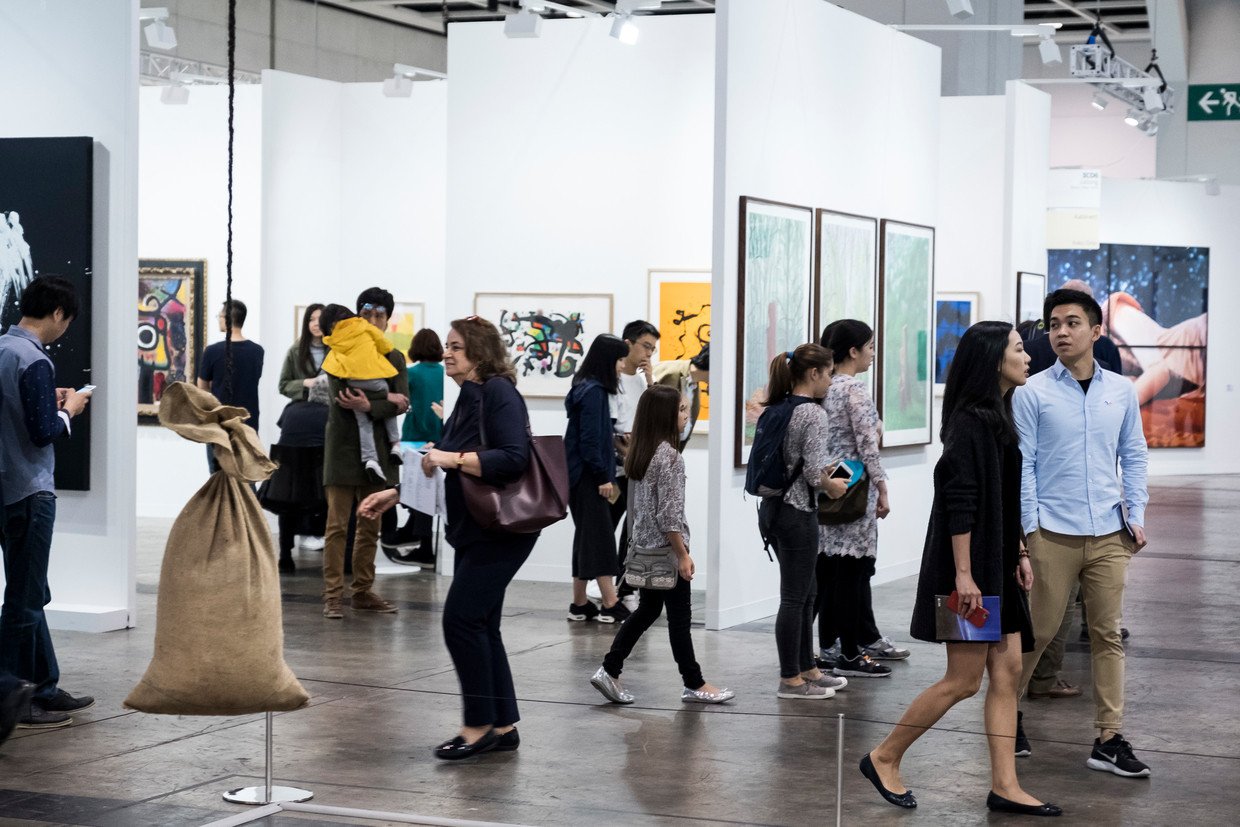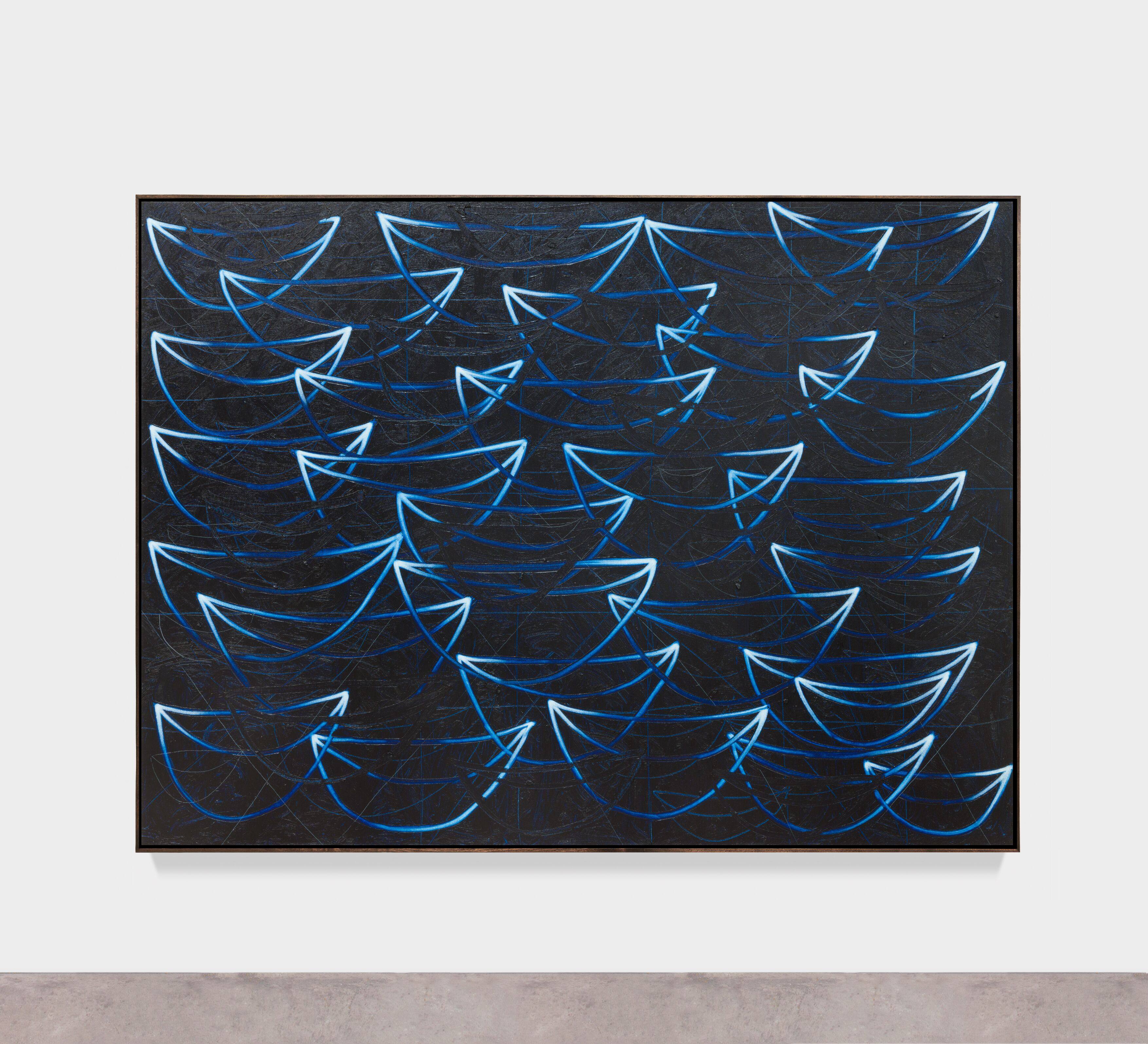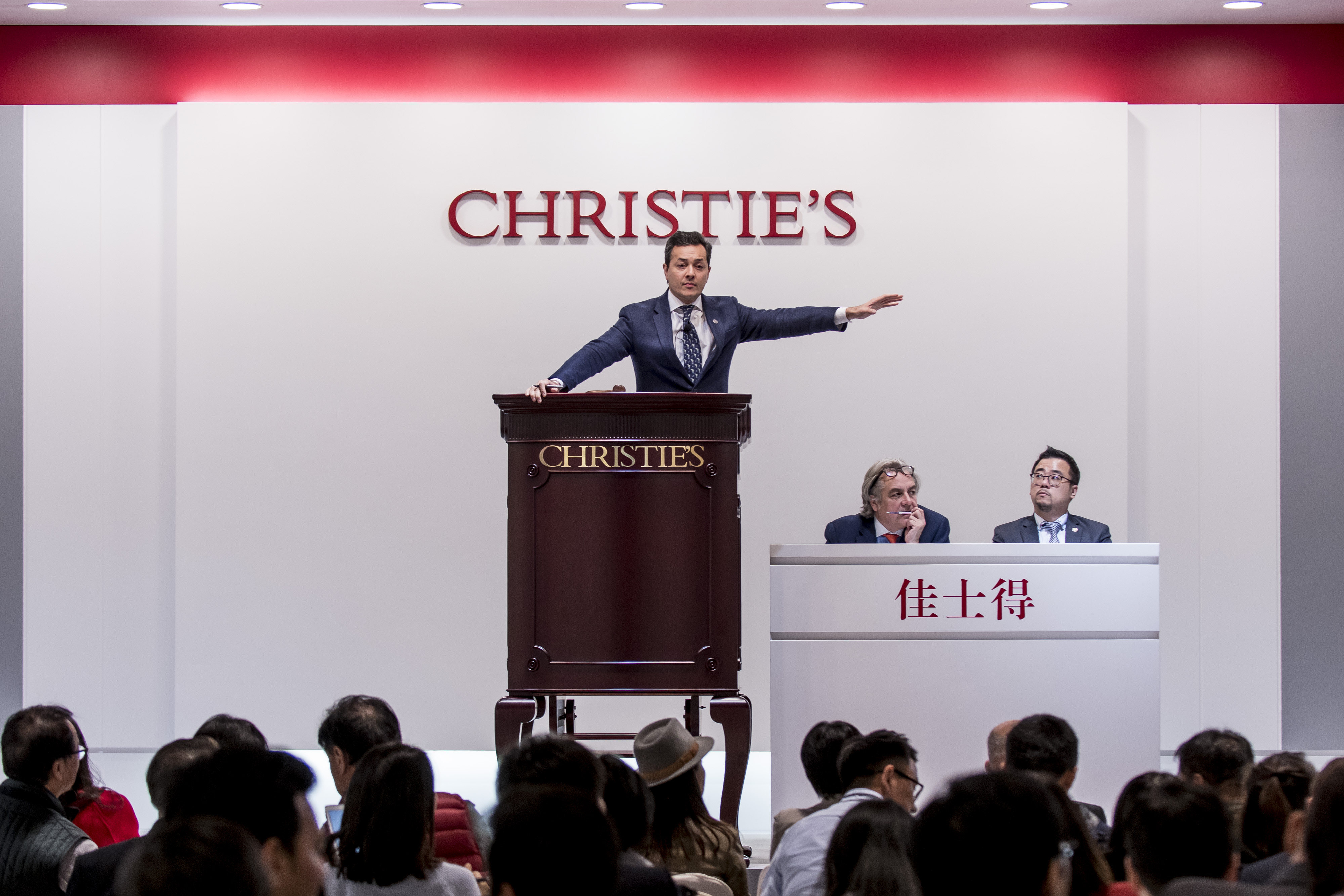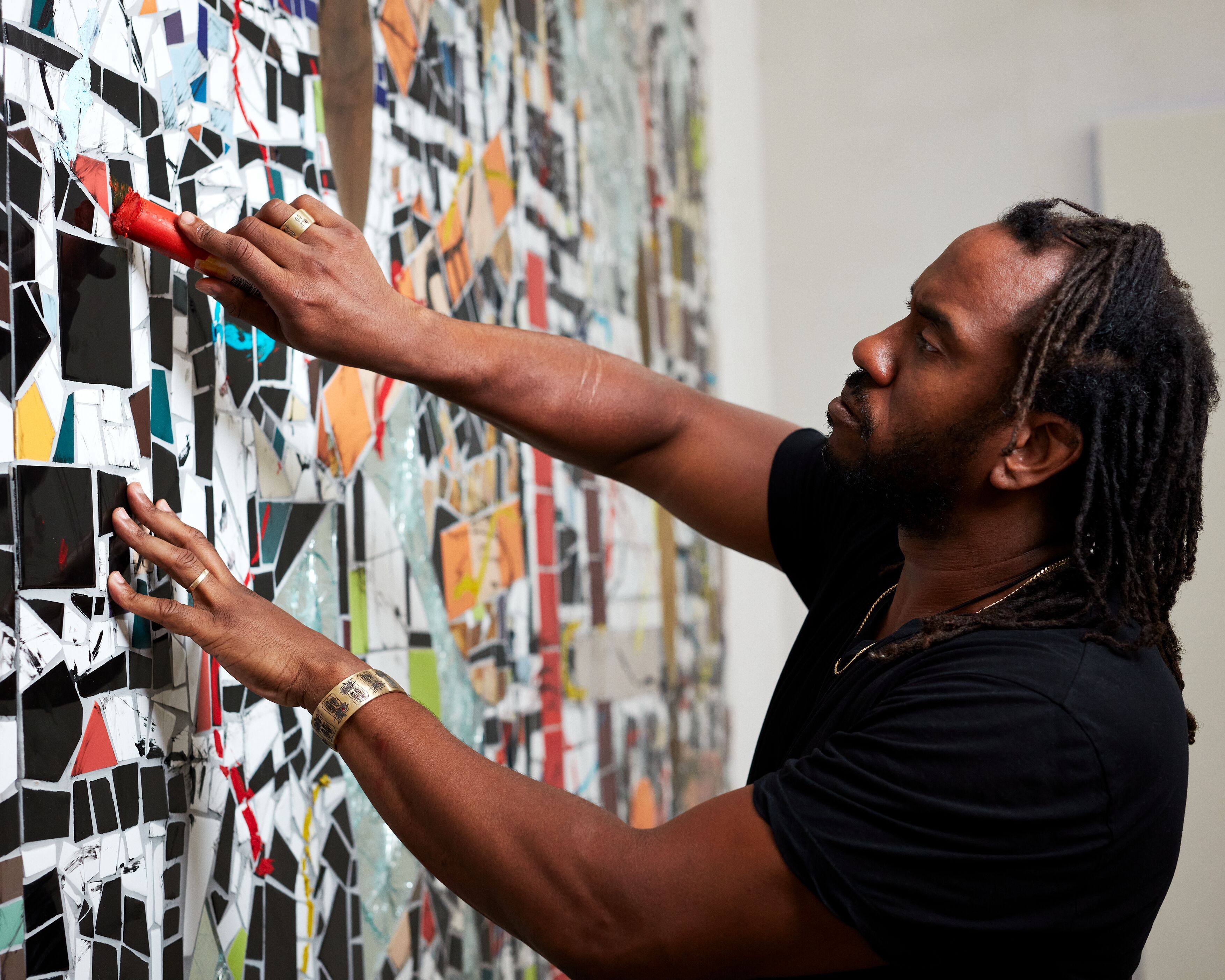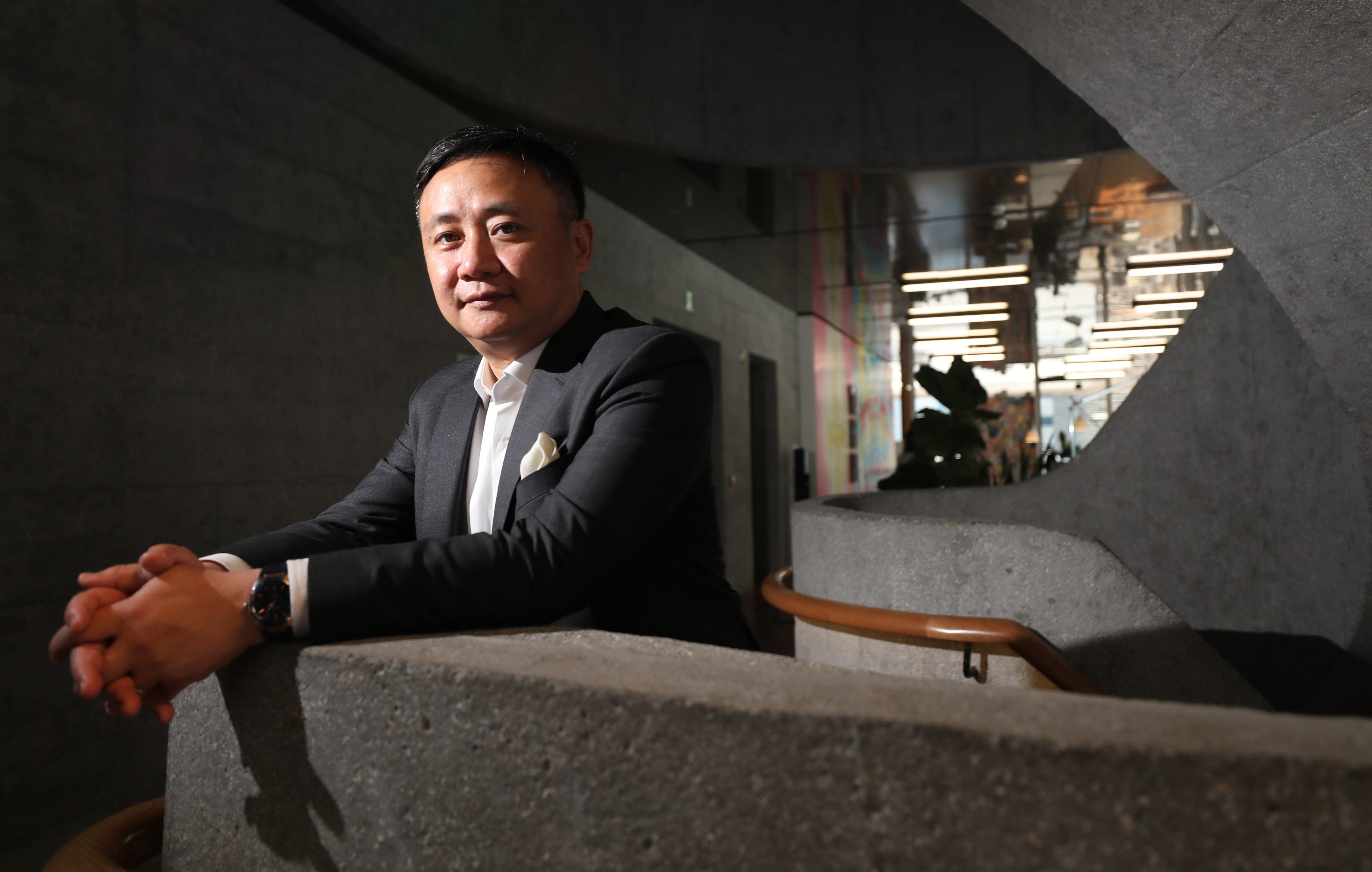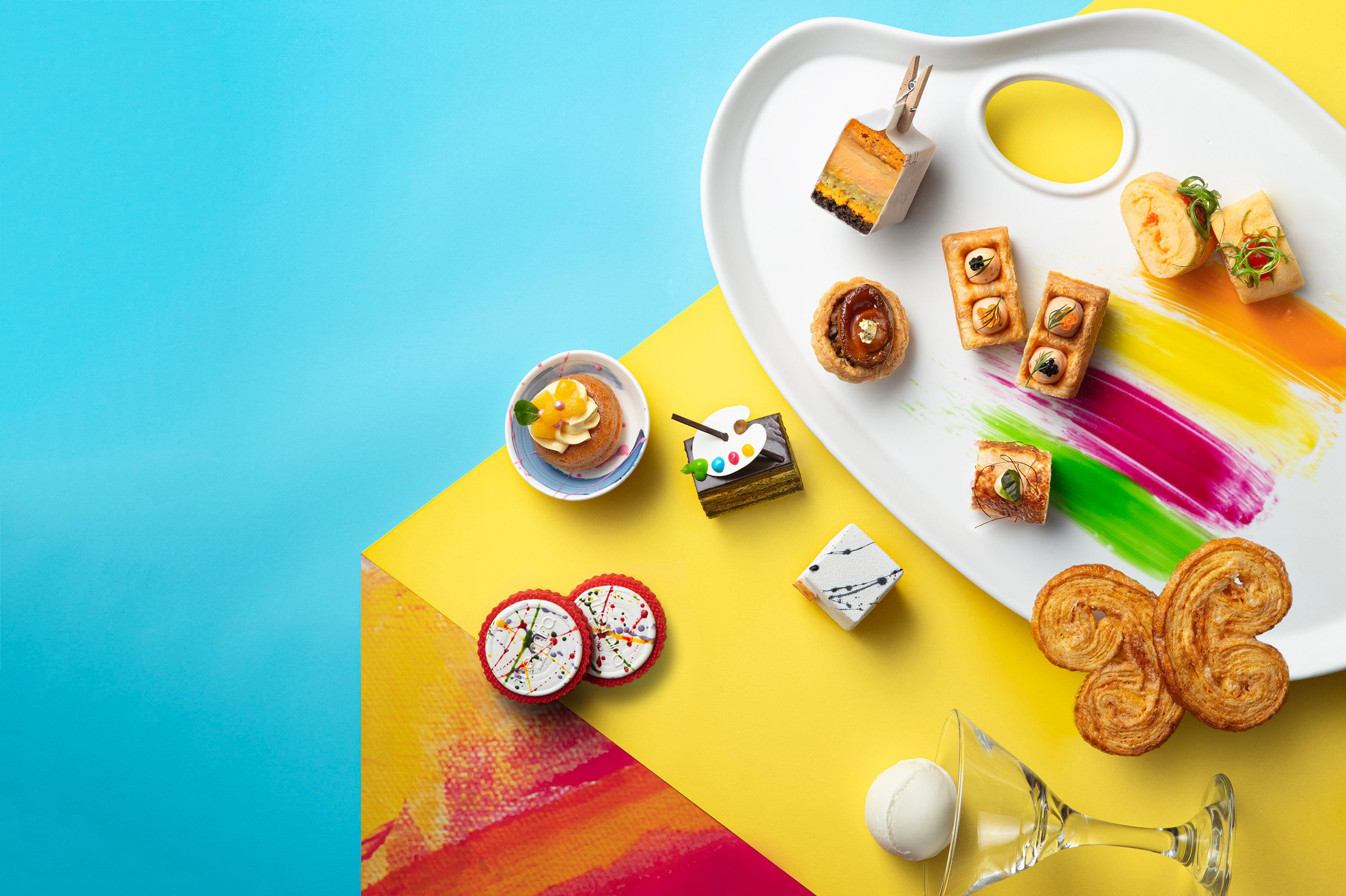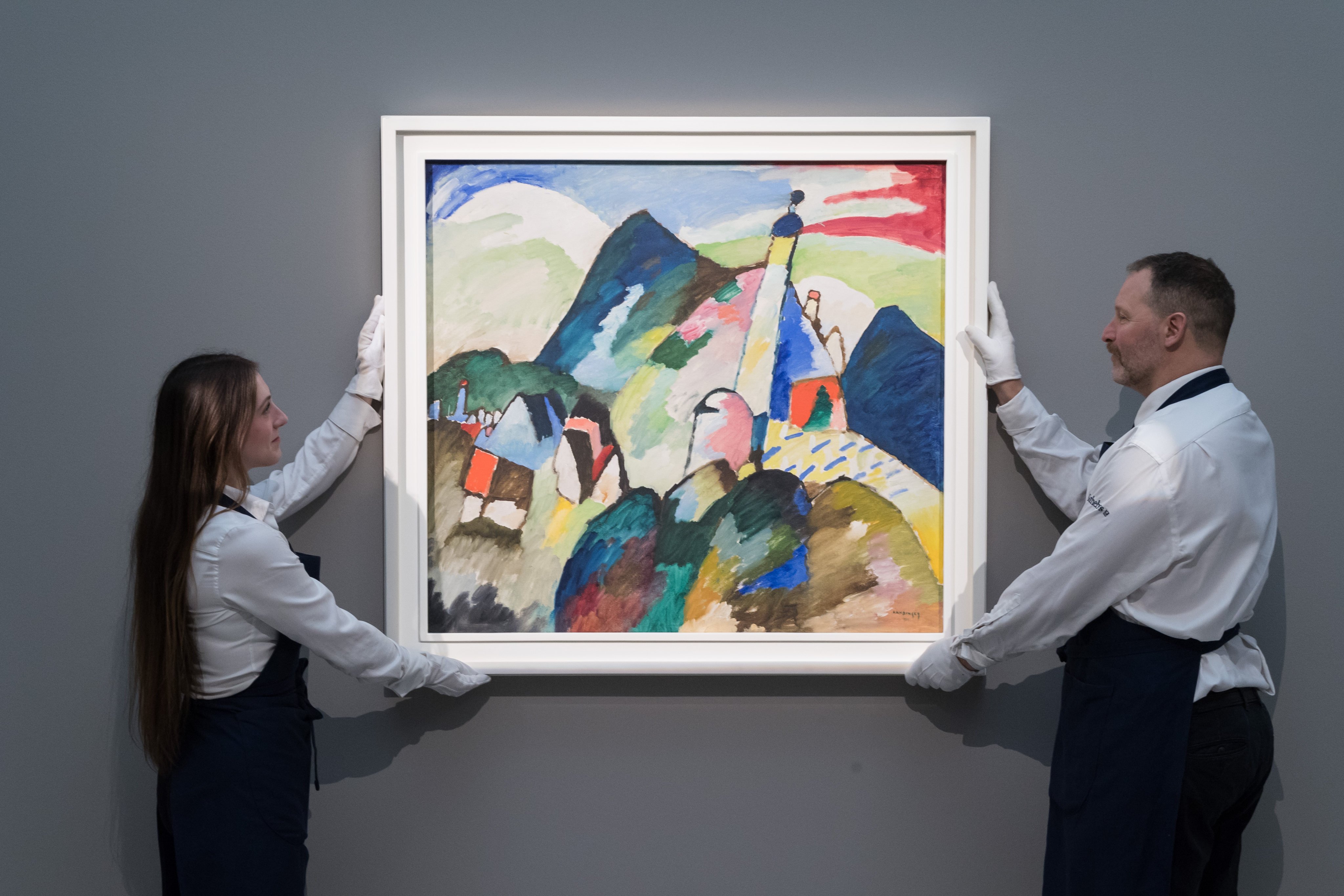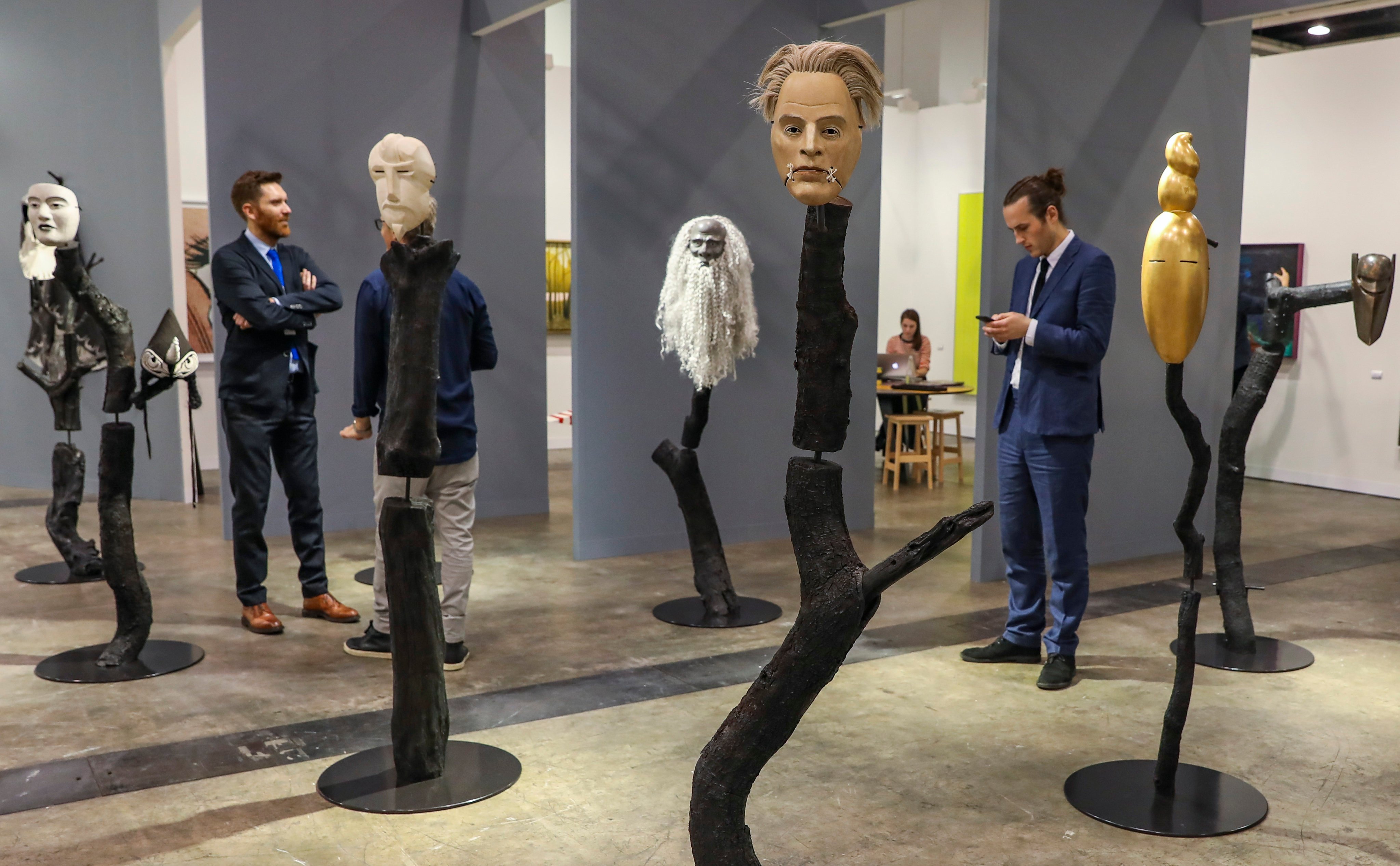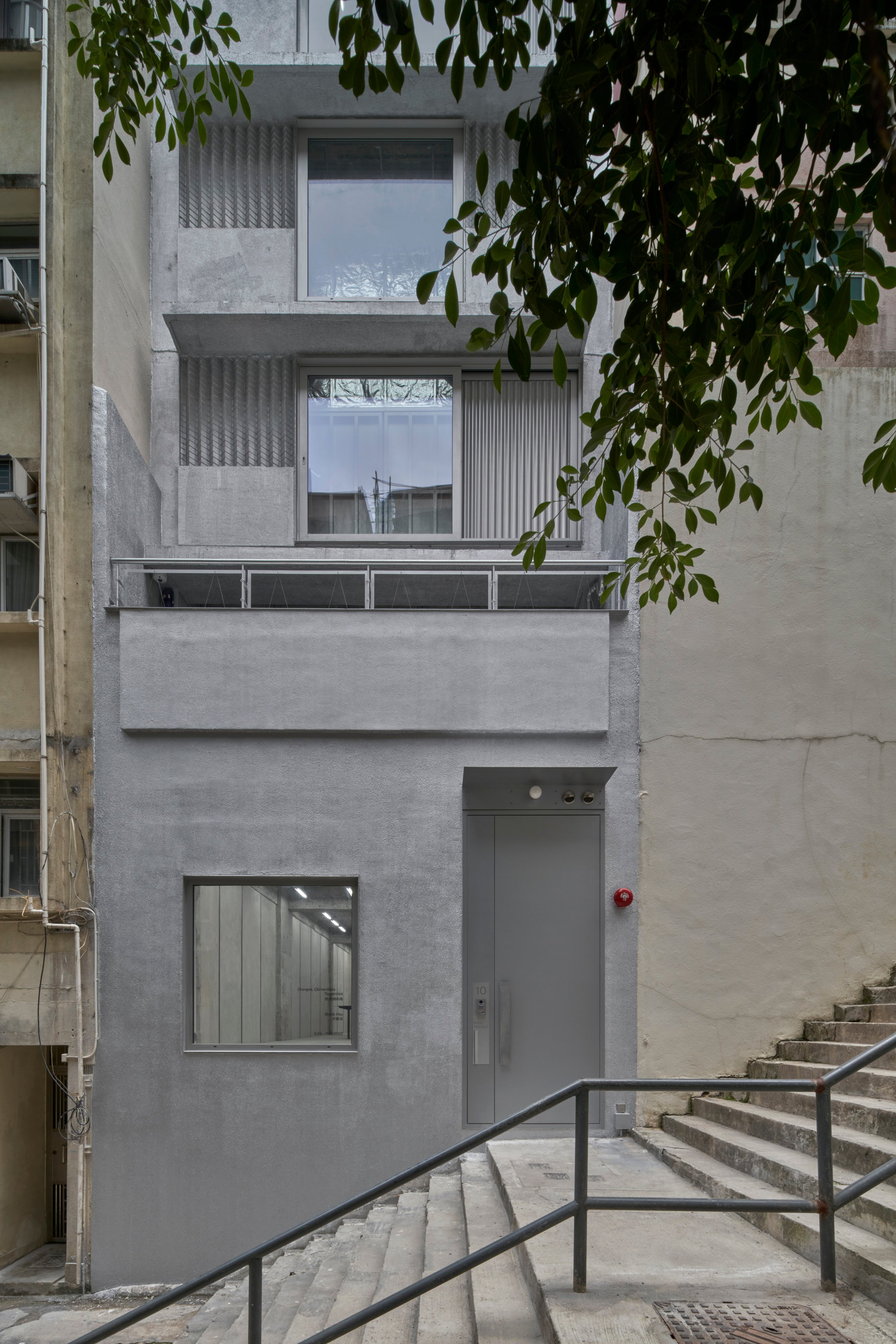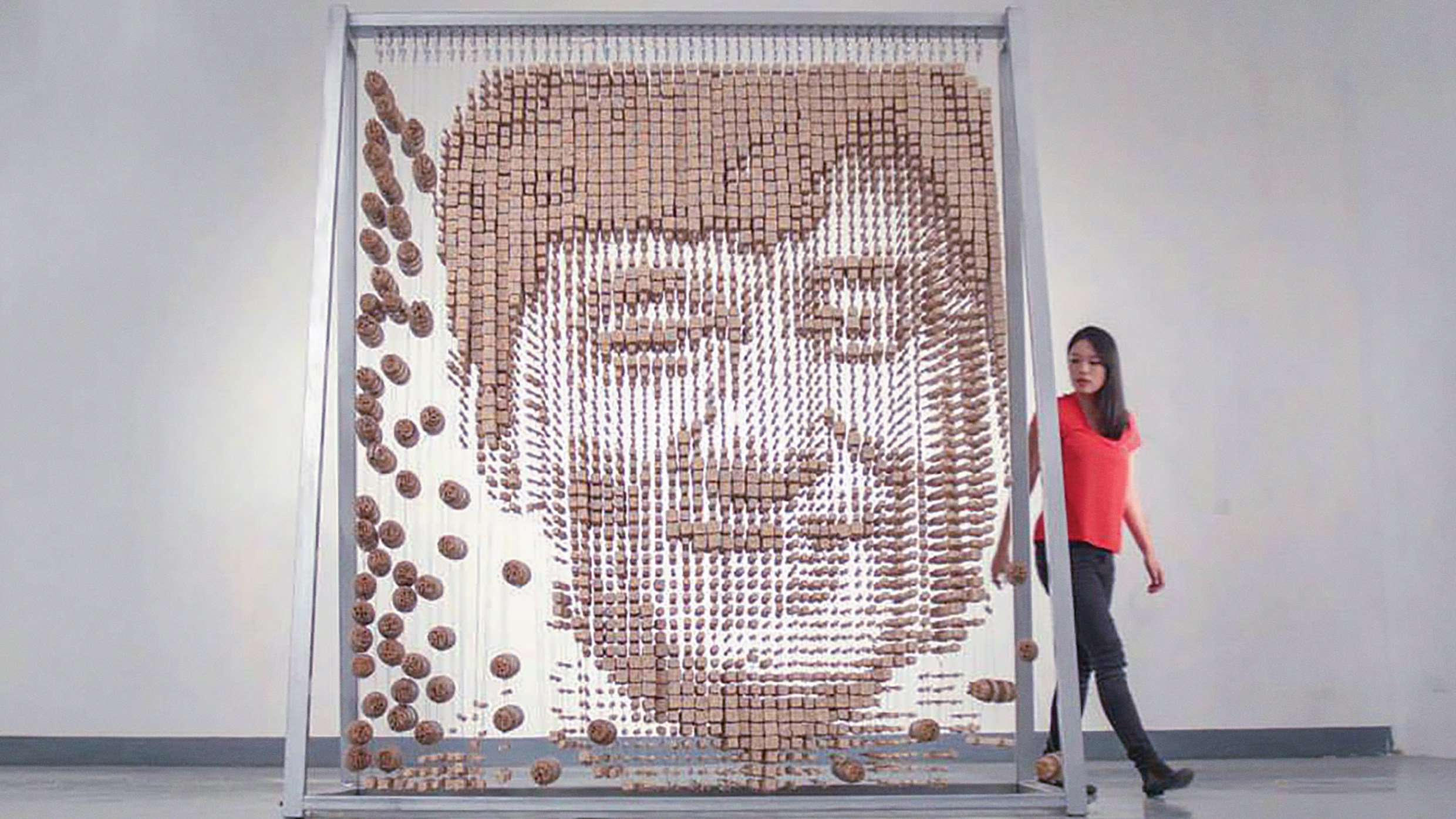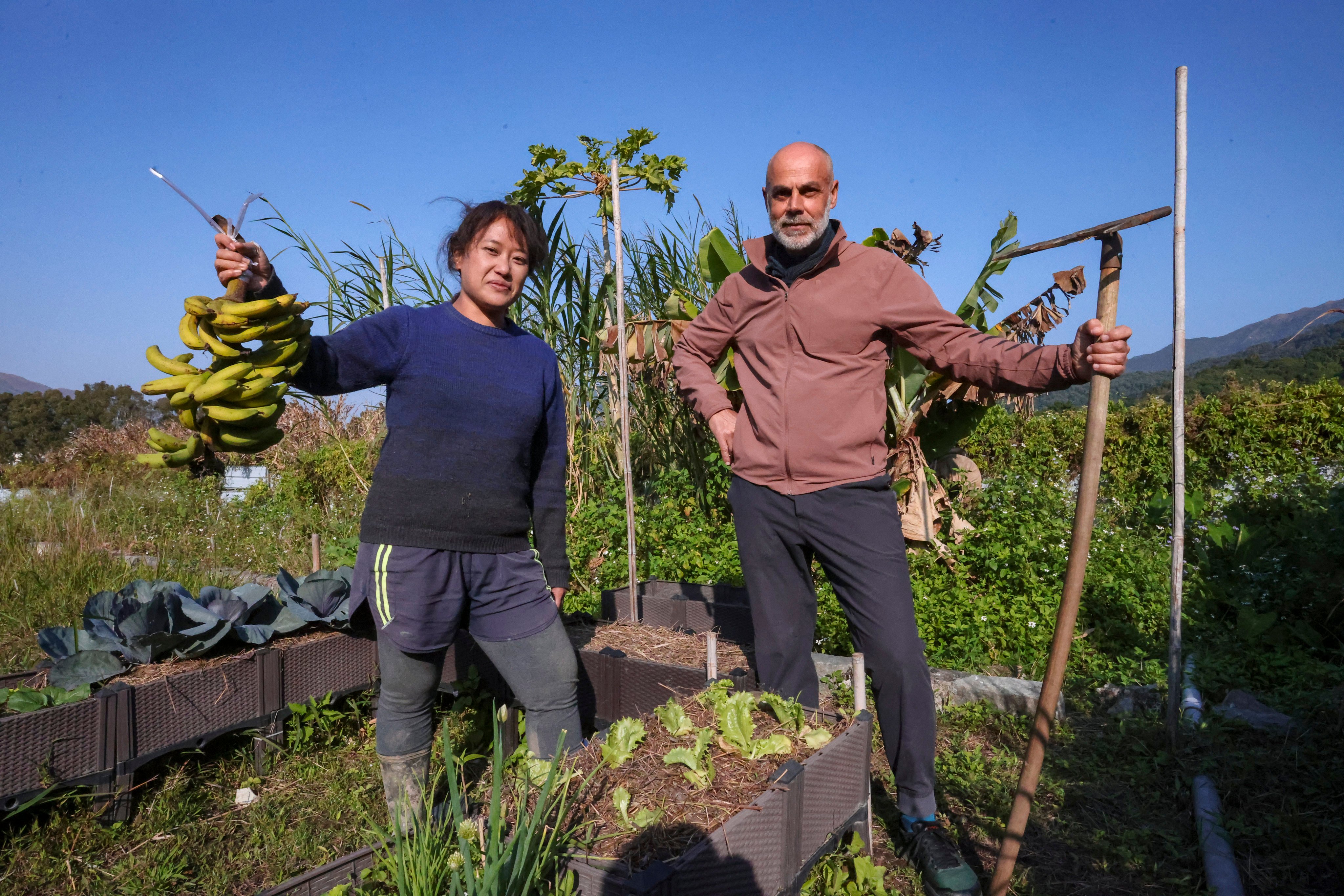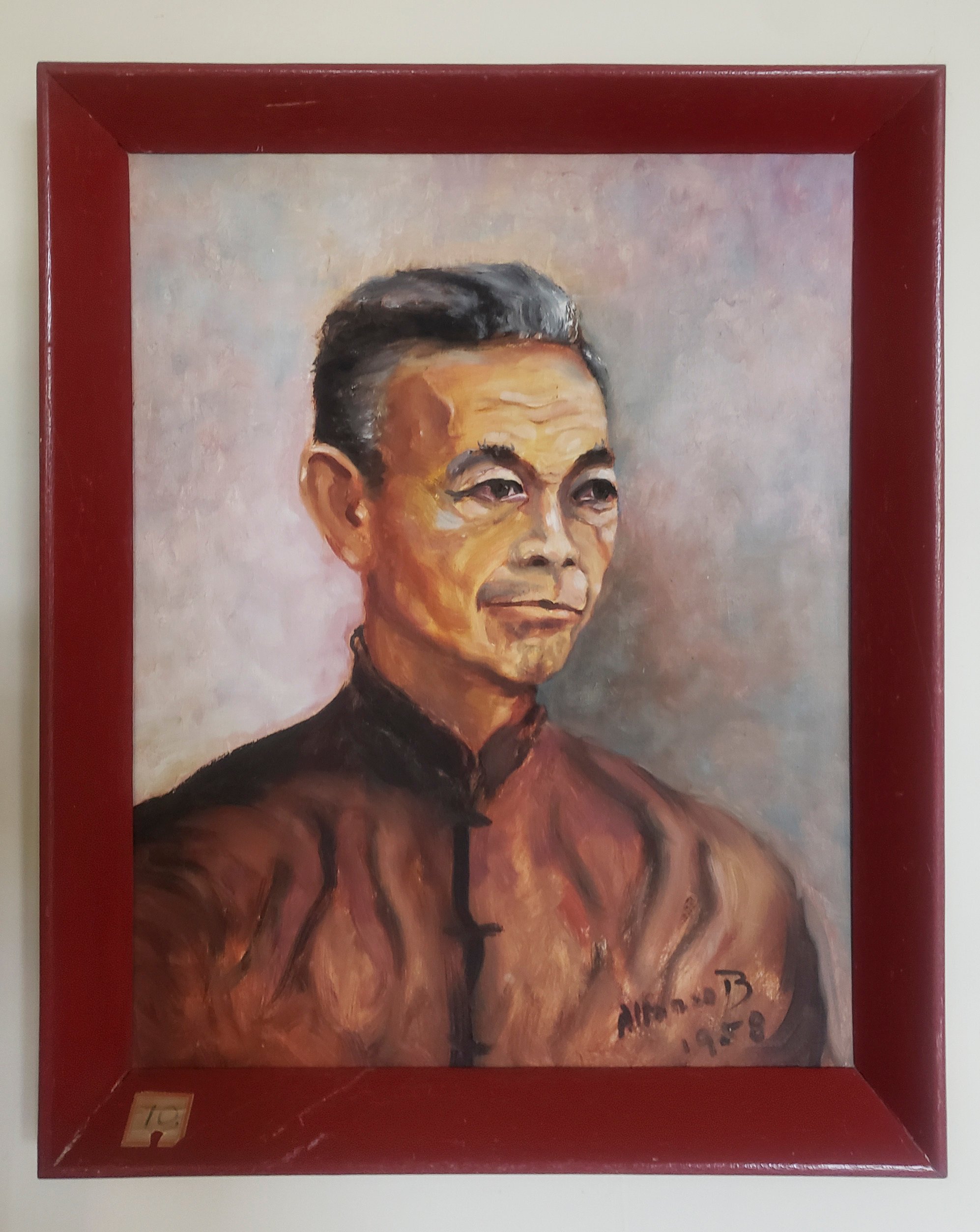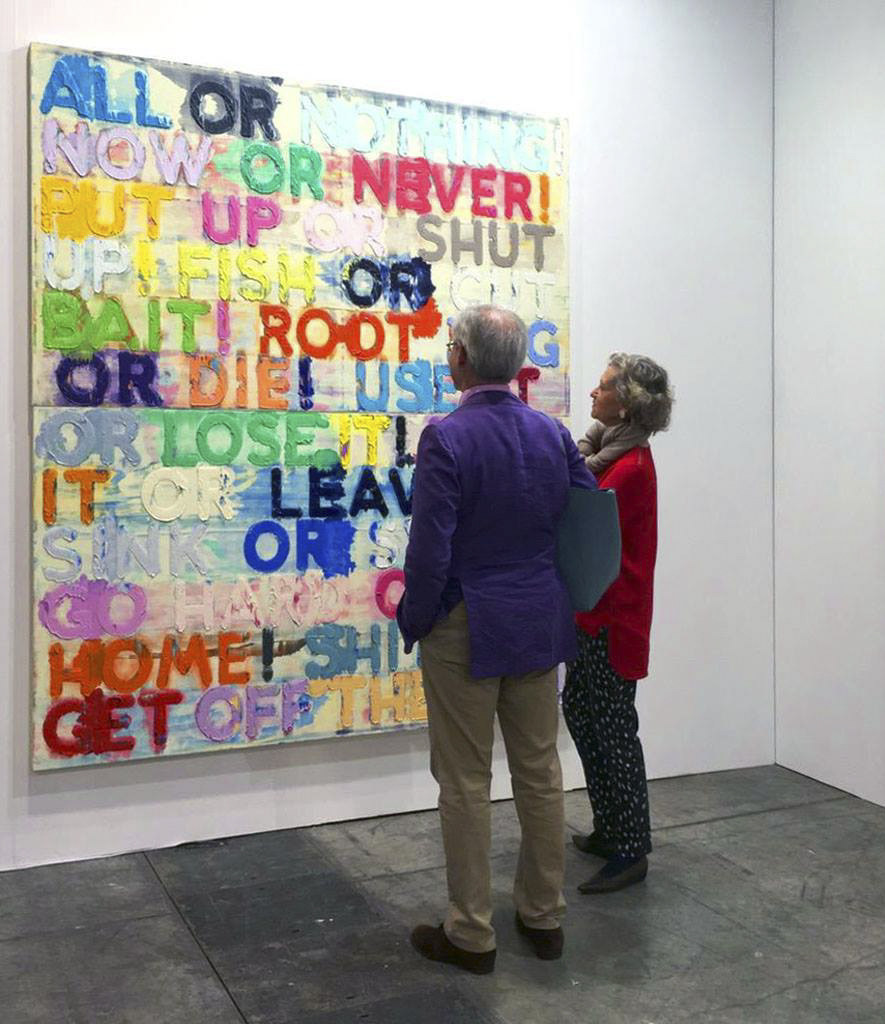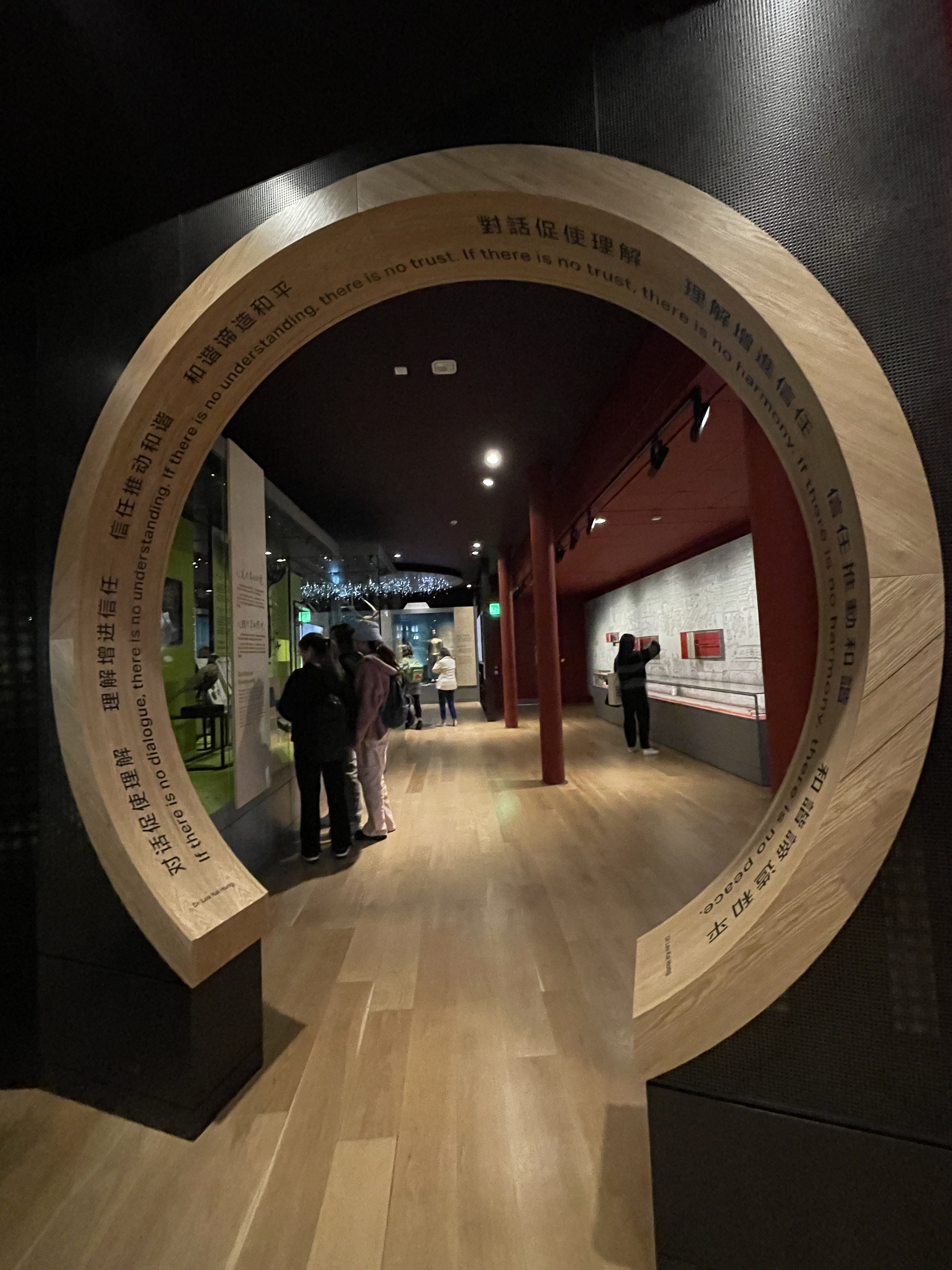Then & Now | How the Hong Kong School of painting evolved after the Pacific war, and 2 hobby artists – shoe shop and clubhouse managers – who stood out
- European residents, recent arrivals from China, White Russians, local Portuguese, ethnic Chinese, Catholic priests and art teachers formed Hong Kong Art Club
- Two of their number stood out – Alfonso Orlando Barretto and Luis Chan, both hobby artists with day jobs – as a distinct Hong Kong School of painting emerged
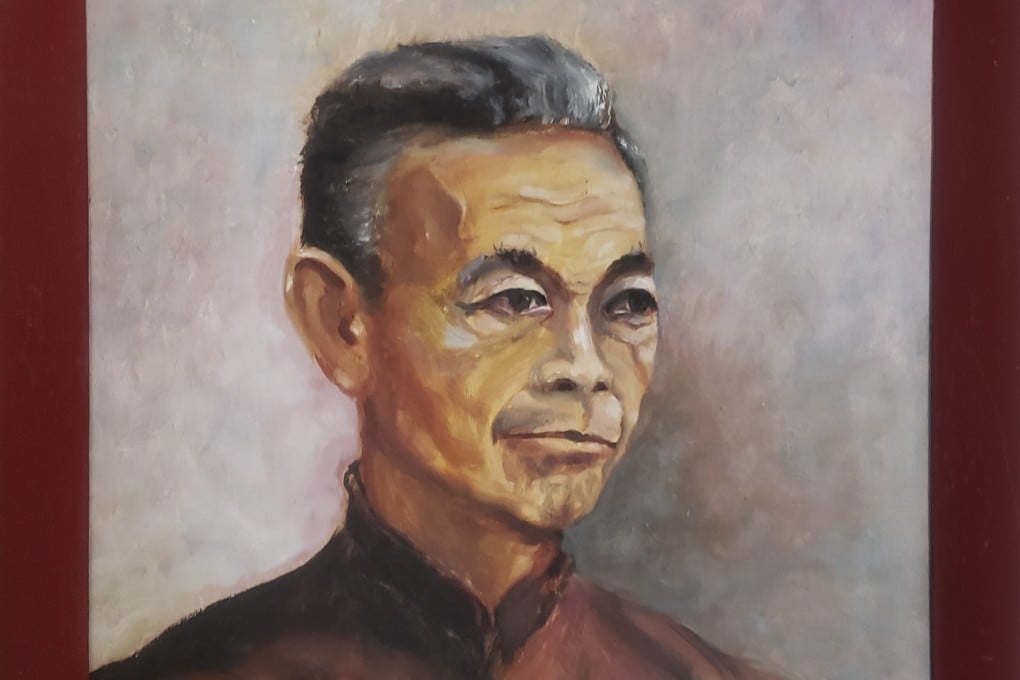
Shortly after the Pacific war ended, a significant transformation in Hong Kong’s cultural landscape occurred.
From performing and visual arts, to studies of local history, culture and society, various thematically disparate initiatives had one transcendent common thread. Personal experience of war’s destruction created a desire to transform what had been generally accepted in pre-war Hong Kong as the normal state of affairs into something demonstrably better for everyone.
One representative group to emerge was the Hong Kong Art Club. Established in 1949, early members came from a wide variety of personal backgrounds and life experiences, which, in turn, closely informed their artwork.
Long-established European residents, recent arrivals from China displaced by political change, White Russians, local Portuguese, ethnic Chinese from Hong Kong and elsewhere, Catholic priests, art teachers – all were brought together by an enjoyment and appreciation of painting. Practical expertise was exchanged, techniques were discussed and annual exhibitions arranged.
